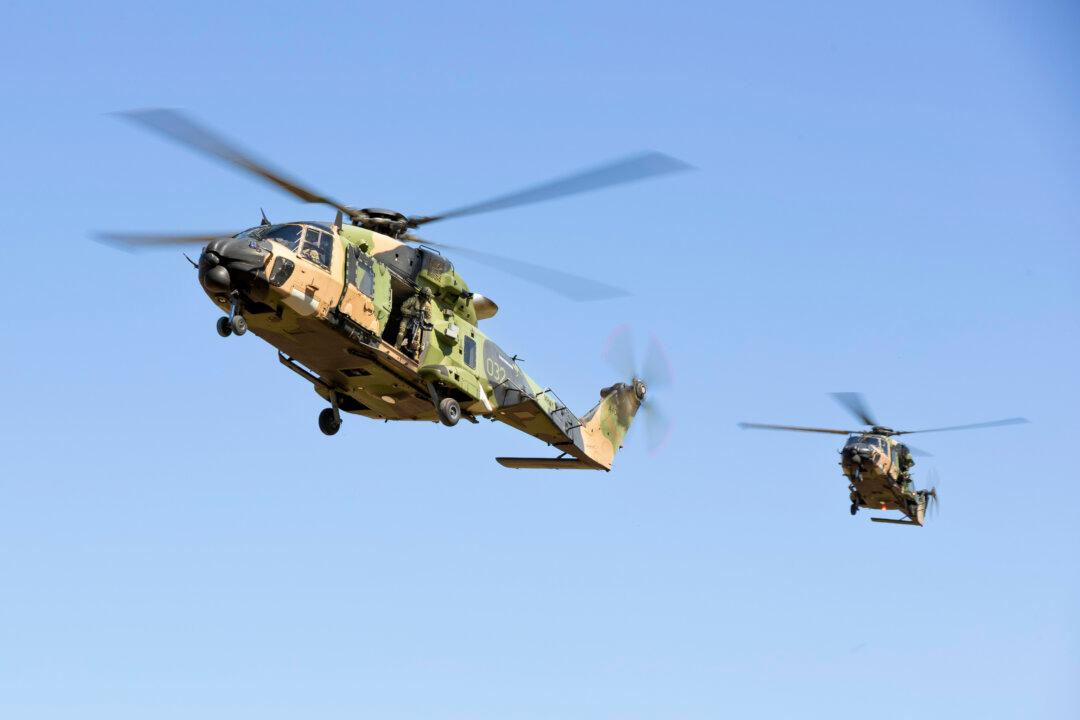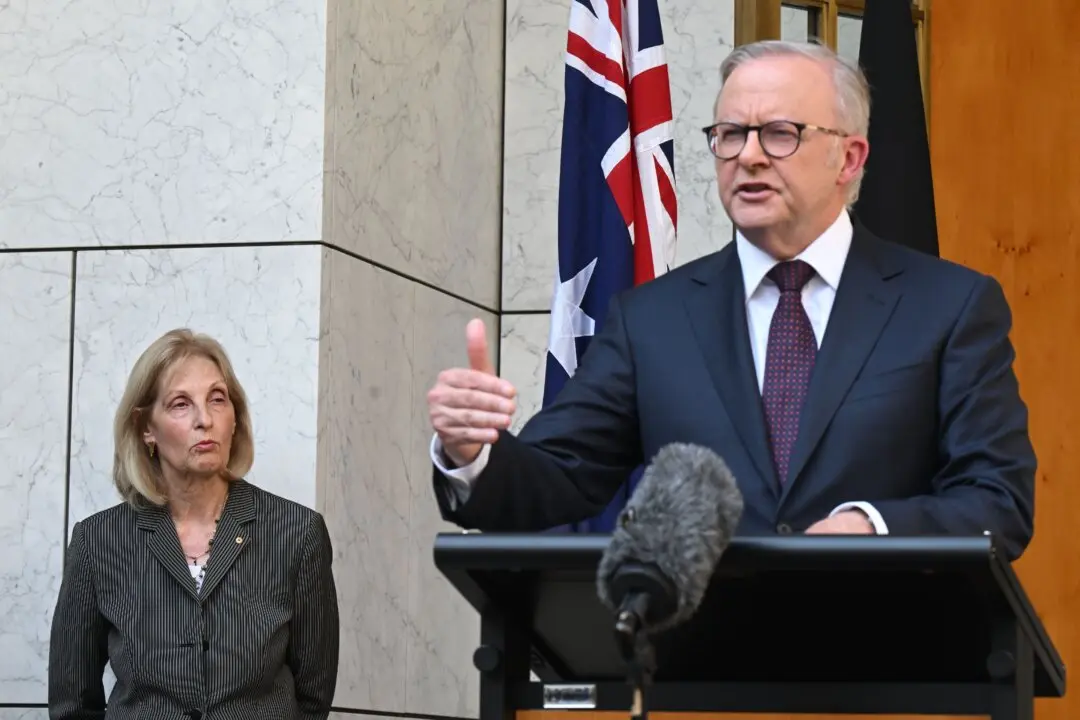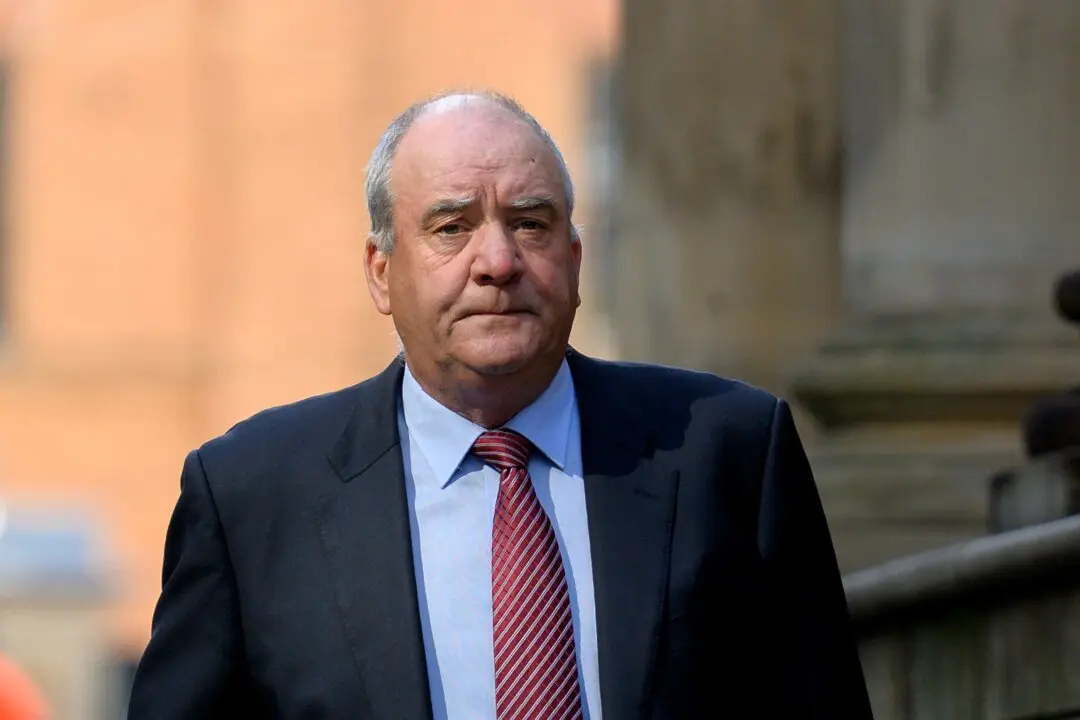Australia has formally rejected a request from Ukraine to use its fleet of Taipan MRH-90 helicopters, saying they’re being dismantled, but defence commentators say the aircraft should still be flying and have characterised the refusal as “scandalous.”
After one of the aircraft crashed on a training exercise in Queensland last year, killing four defence personnel, all 45 were grounded. They are now being dismantled for eventual burial, the government says.





